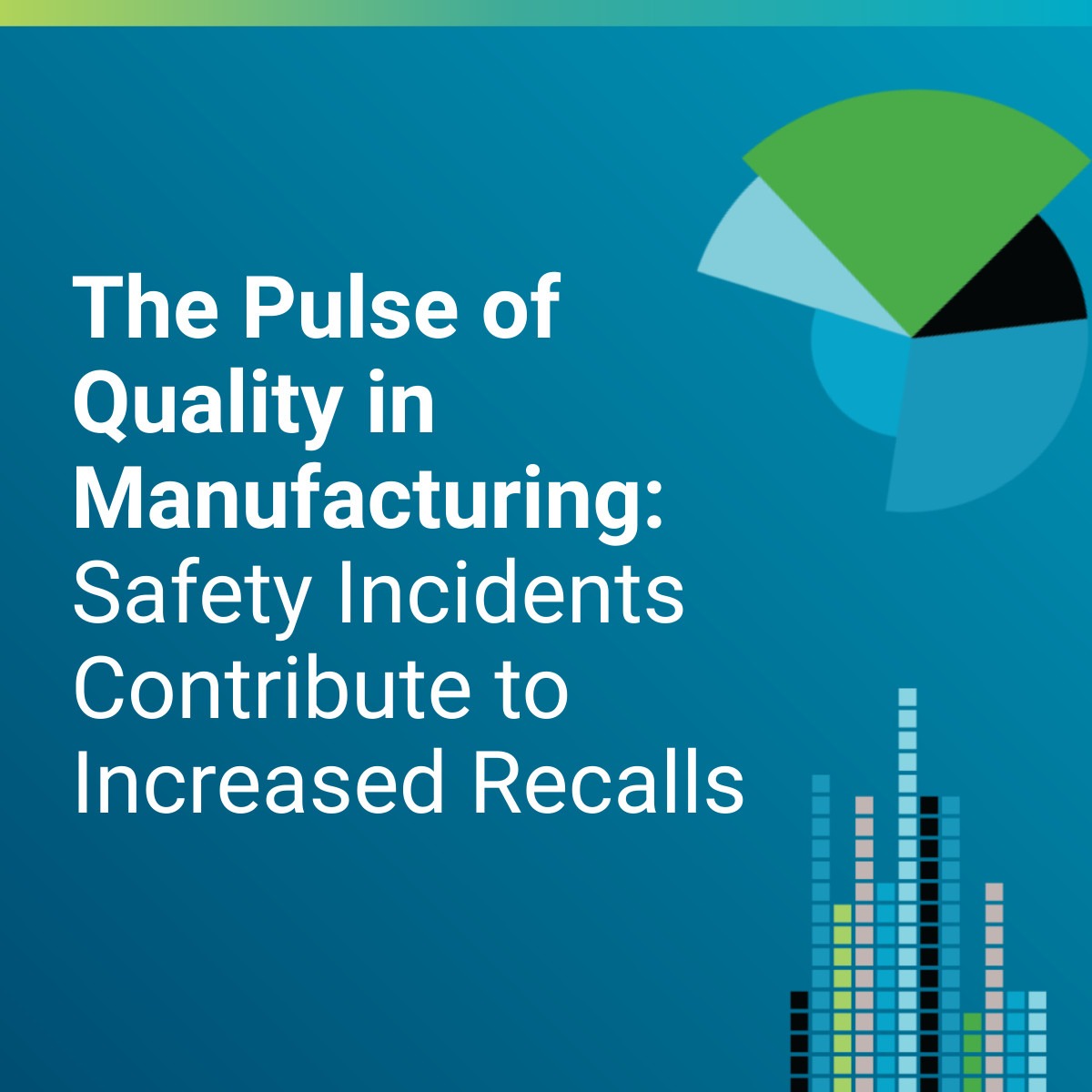The future of risk management is here, and it’s being unlocked through the effective use of digital supply chain tools. Digital supply chain management, when done correctly, dramatically cuts down on errors and bottlenecks thanks to the continuous sharing of data and accessibility of information via a connected network. As a natural consequence, this makes your business more efficient and future-proofed. So what is the digital supply chain, and how does it combat risk?
What is Digital Supply Chain?
The concept of the digital supply chain couldn’t be simpler. The same way the hardware supply chain, for example, encompasses the entire end-to-end process of delivering that hardware, the digital supply chain does the same for digital media and data.
This isn’t new. In fact, digital transformation is a well-trodden path for many and is firmly integrated into all business strategies. Plus, according to the 2019 MHI Annual Industry Report, the digital supply chain already exists –digital transformation is being pushed harder than ever, with the pandemic accelerating major changes since 2020.
It shares information in a smart way, using customer data to inform forecasts and adjust action plans along the way. One great use of smart supply chains is delay management; thanks to the continuous sharing of data, a delayed shipment can be rescheduled or rerouted automatically while customers are informed simultaneously.
The digital supply chain can also help a business to predict bottlenecks – where they are likely to occur and how to ensure they don’t happen. Smart supply chains facilitate the necessary shift from inflexible supply chain models to a dynamic and proactive network.
Targeted Digital Supply Chain Risk Management Strategies
As with anything digital, using a digital supply chain creates risks. According to Marsh’s 2019 Global Cyber Risk Perception Survey, approximately 39% of respondents said they believed their supply chains to pose a significant cyber risk to their organization. Additionally, 43% reported “no confidence” in their own ability to prevent or mitigate digital threats from a third party.
As businesses become more digitally savvy, they also need to understand cyber security and how to ensure powerful digital tools don’t become a risk. Organizations are more aware than ever that integrating emerging technology is required, but innovation naturally goes hand-in-hand with a rise in malicious activity.
Here are examples of some of the most common risks and how to address them:
Compliance risks
Compliance is always a top priority, as non-compliance can lead to fines, reputational damage, and other costly issues. This risk is often caused by information being exchanged among disparate systems without proper data protection and other standards in place.
ETQ Reliance’s Document Control software vastly improves compliance by automating documentation so that the data is accessible within a secure hub, ensuring everyone who needs access logs in the same way. This allows the system to flag any potential compliance issues automatically. Controlled documents are reviewed, distributed, and archived from one centralized framework.
Human risks
Human error is one of the easiest risks to forget, but everyone makes mistakes, and a simple error can compromise the entire supply chain.
Keeping on top of risks like this is made simple with ETQ’s Risk Register, which gathers risk data from every area of the digital supply chain and stores it in a catalog. With visibility into this data, the Register will show how risk management has evolved over time and continue to analyze risks that might otherwise remain hidden. This improved visibility leads to improved operations and compliance.
Third-party risks
There are multiple parties involved in any given supply chain, which inevitably creates vulnerabilities. While most businesses choose their partners carefully, it’s impossible to remain aware of and involved with every one of their practices, meaning risks can slip through the net.
These problems can be very disruptive, but how disruptions are handled makes all the difference. Through ETQ Reliance’s Emergency Preparedness app, supply chain interruptions can be limited. It’s a planning tool that tests a business’s response to issues for ongoing business continuity. Knowing what to do when a problem rears its head is vital. This can help to improve the response and avoid bottlenecks.
Vendor risks
As with third-party risks, problems can be created in the vendor supply chain process. This can be a weak point for malicious actors to exploit, as sensitive financial information passed between a business and vendor is often precisely what they’re looking for.
Again, emergency preparedness will dictate how these risks are dealt with – but with strong document control processes and compliance management, weaknesses in the vendor supply chain are less likely to appear.
How Digital Supply Chain Management Tools Increase Efficiency
Digital supply chain quality management tools take away the headache of manual management, significantly lower risk, and improve efficiency. When the pandemic hit in a big way, some businesses struggled – and even failed – due to the suddenness of changing habits and supply chain issues. Still, with the right technology in place, others have been able to move forward and become more resilient.
With the present and future still in flux within many industries, technology plays a major part in enabling businesses to manage risk and predict the future. Types of digital supply chain technology tools include:
- Predictive analytics
- Artificial intelligence
- Internet of Things
- Inventory optimization
- Cloud computing and storage
- Automatic identification
All of these can be gathered together beneath the umbrella of risk management software. To be truly resilient on the software front, businesses must be prepared, maintain flexibility, work collaboratively, and act responsibly on behalf of all stakeholders. Risk management software unlocks the ability to do all these things. At the same time, smart technology continuously improves the business, eliminates risk, reduces waste, drives profit, and boosts decision-making through hard data — even when things feel uncertain.
The Bottom Line
Risk management across the digital supply chain becomes more straightforward with software that uses advanced technology to collate data in a centralized, accessible (but secure) location; analyze it for vulnerabilities; predict and proactively stop future issues from occurring; and, ultimately, save time and money as a result.
ETQ’s Enterprise Risk Management Software is a hands-on approach to risk prevention, encompassing the Document Control, Emergency Preparedness, and Risk Register apps that make risk management a breeze.
To discover more about how ETQ can help you manage risks in your business, request a demo today.


